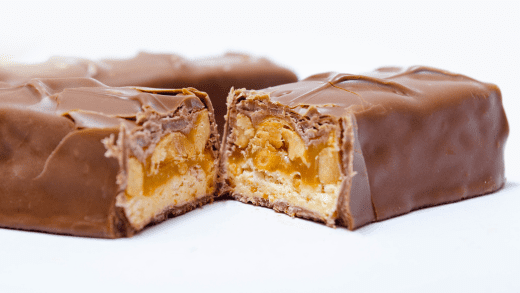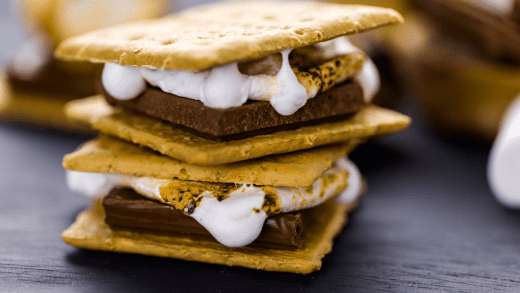Sugar does much more than just sweeten your jams and jellies. The gel texture that makes these spreads what they are is produced by the interaction of sugar with fruit acids and pectin. This important ingredient also preserves the color of fruit and increases shelf life by binding water and reducing water activity, which inhibits the growth of microorganisms. Always use the exact amount of sugar called for in the recipe. Reducing the amount of sugar will upset the balance of fruit, sugar and pectin needed to ensure the jam or jelly sets. Homemade jams and jellies make great gifts for holidays and birthdays. Use these helpful tips to ensure your sweet spreads turn out just right every time.
- Practice makes perfect. Start simply with making a small batch of this strawberry jam to enjoy at home.
- Know the difference. Jam is typically made from fruit juice, pieces of fruit and sugar. Jelly, on the other hand, uses cooked fruit juice, sugar and pectin for thickening.
- Be sure not to overcook your fruit. Too much cooking will affect the spread’s flavor and texture.
- Make life easier by using a ladle to distribute liquid into jam or jelly jars. This will help eliminate spills and ensure all jars are evenly filled.
- Check the temperature. Jams should be cooked to 9°F above boiling, and jellies should be cooked to 8°F above boiling.
- Precision matters. Temperature can change based on altitude. Water boils at 212°F at sea level, but you should test the temperature of your boiling water to ensure your jams and jellies are being cooked long enough—and not too long!
- After sealing jars, you should be able to press down the center of each lid. If the lid doesn’t bounce back, the jar isn’t properly sealed.
- Spice things up. Try combining ingredients to create more complex flavors—like this Apricot Jalapeño Jelly.




Get Social with #MoreToSugar